Understanding 4160 Volts Systems: Key Concepts and Calculations
When discussing industrial electrical systems, voltage ratings play a crucial role in determining the size and type of equipment used. In this post, we’ll explore the calculations and concepts behind systems of 4160 volts, particularly in three-phase, four-wire setups, and how voltage and amperage are interrelated in large industrial facilities.
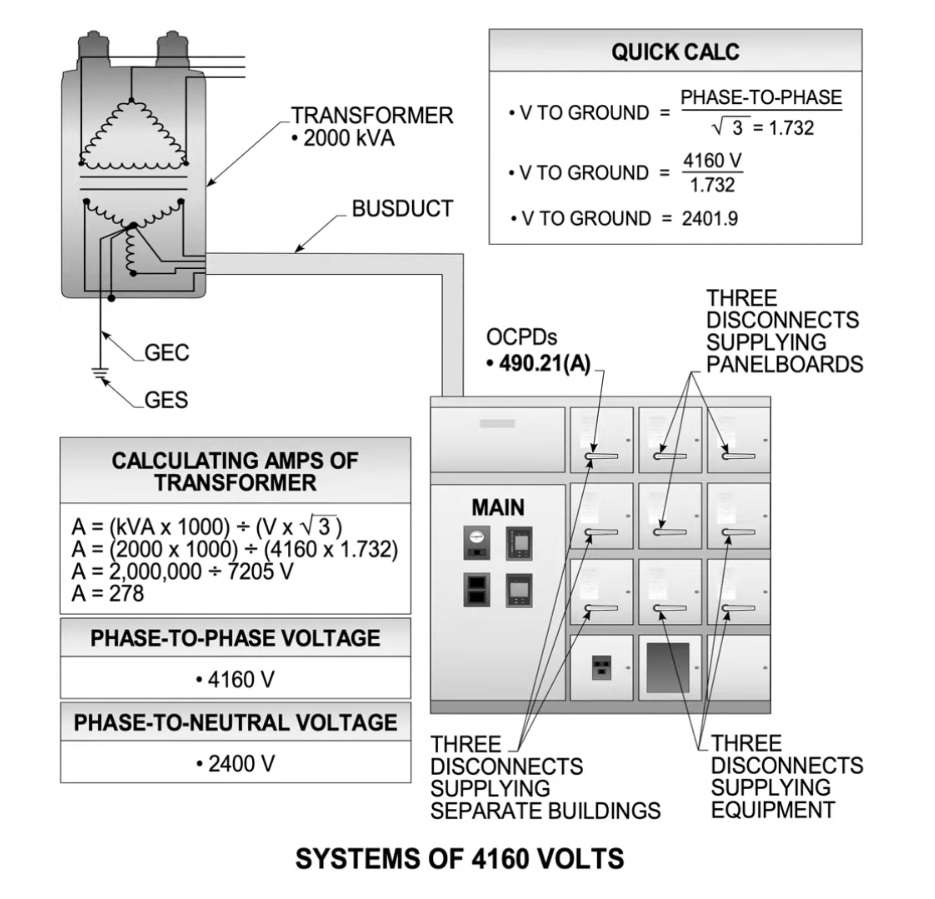
What is a 4160 Volt System?
In industrial power systems, 4160 volts is commonly used in three-phase, four-wire systems. This voltage level is vital for large-scale operations, powering everything from switch gears to sub-panels. It is crucial to understand the relationship between phase-to-phase voltage and phase-to-ground voltage in these systems, as this will influence the design and sizing of electrical components.
Voltage Calculation for 4160 Volts
To understand how the 4160-volt system operates, let’s break down the math. In a three-phase system, the phase-to-ground voltage is derived by dividing the phase-to-phase voltage by the square root of 3 (1.732). For example:
- 4160 volts (phase-to-phase) ÷ 1.732 = 2400 volts (phase-to-ground)
This gives us the voltage to ground, which is important for the design and operation of equipment in the system.
How Amperage is Calculated in 4160 Volt Systems
Next, let’s look at how amperage plays a role in these systems. In the case of a 2000 kVA transformer supplying power to a switchgear that feeds multiple sub-panels, we need to calculate the current (amps) running through the system. Here’s how it’s done:
Amperage Calculation Formula
The amperage can be calculated using the following formula:

Using this formula, if we have a 2000 kVA transformer and a 4160 volt system, the calculation is:

Therefore, the system would require 278 amps of current. To accommodate this, the conductor size must be chosen accordingly.
Importance of Voltage in Conductor Sizing
One of the key takeaways in industrial electrical systems is that higher voltage means lower current, which allows for the use of smaller conductors. Let’s break this down with an example:
If the system voltage were increased to 13,800 volts, the current would decrease even further due to the higher voltage rating:

As a result, smaller conductors could be used, reducing the overall cost of the electrical infrastructure.
The Role of 4160 Volt Systems in Industrial Facilities
In large industrial facilities, systems of 4160 volts (or similar voltage levels) are often used to reduce the size of the conductors while maintaining power delivery efficiency. These systems are commonly found in switchgear setups that distribute power across various sub-panels and machinery.
Example: 4160 Volt Systems in Action
For instance, if you’re routing 13,800 volts from a substation to a switchgear within a facility, the current requirement can be calculated using the same principles as outlined above. The result is a smaller amperage requirement, which translates into smaller and more cost-effective conductors.
Final Thoughts on 4160 Volt Systems
In summary, systems of 4160 volts are common in industrial facilities because they provide the advantage of reducing amperage requirements. This allows for the use of smaller conductors and more efficient power distribution. By understanding the relationship between voltage and amperage, engineers can optimize electrical systems to meet the demands of large-scale operations while minimizing costs and equipment sizes.
For any industrial setup involving these systems, it’s essential to accurately calculate voltage, current, and conductor sizing to ensure safety and efficiency in power distribution.
4160VoltsSystems, #HighVoltageSystems, #ElectricalEngineering, #VoltageControl, #PowerDistribution, #ElectricalPowerSystems, #IndustrialPower, #VoltageRegulation, #PowerTransmission, #ElectricitySystems, #VoltageLevels, #ElectricalSafety, #VoltageManagement, #GridPower, #ElectricalInfrastructure

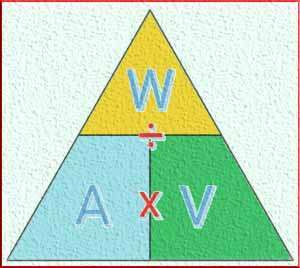
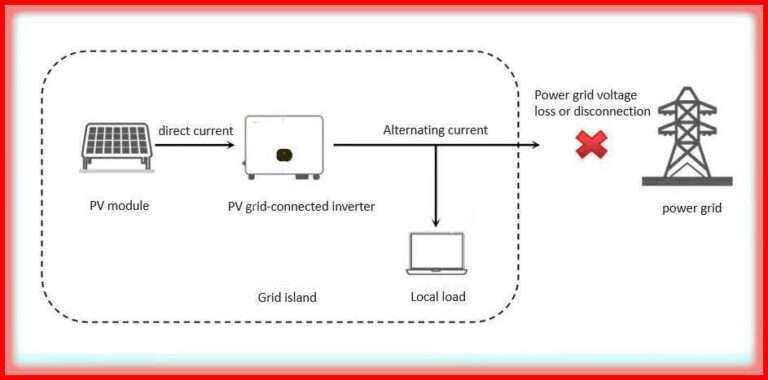
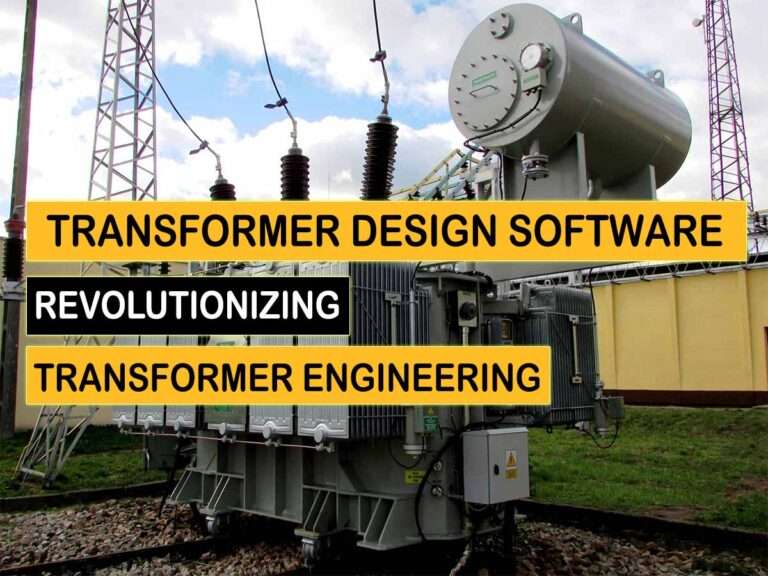

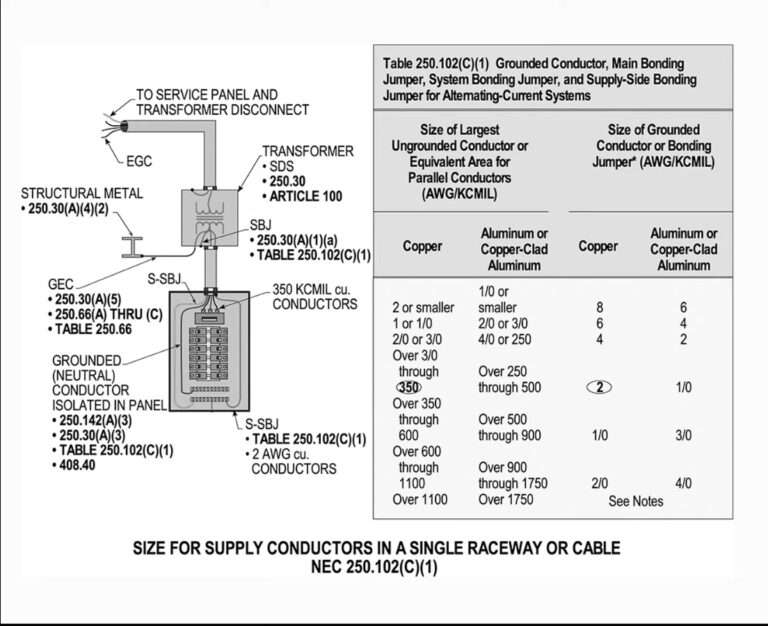
Well Done. Excellent – simplistic explanation of very broad & depth of 3 phase operation.